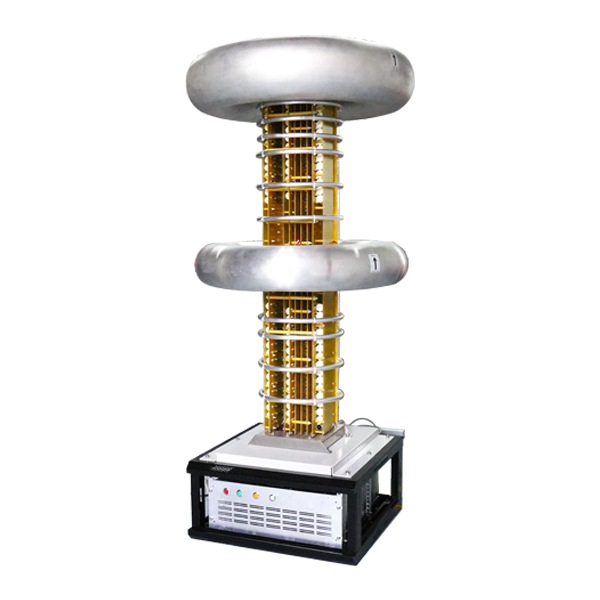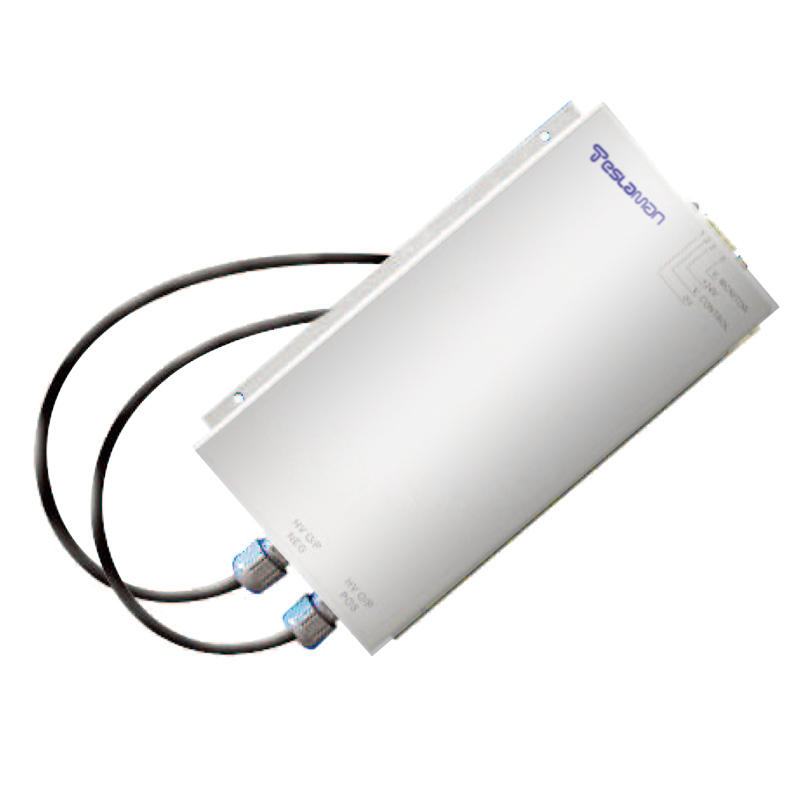Research on the Application of High-Voltage DC Power Supplies in High-Temperature Environments
In industrial automation, energy exploration, aerospace, and other fields, equipment often needs to operate stably in high-temperature environments. As a critical power supply component, the reliability and adaptability of high-voltage DC power supplies under extreme temperature conditions have become a research priority. High-temperature environments not only refer to naturally hot regions but also special scenarios such as industrial furnaces, engine compartments, and geological exploration, which pose strict challenges to the electrical performance, thermal management capabilities, and structural design of power supplies.
1. Mechanisms of High-Temperature Environment Effects on High-Voltage DC Power Supplies
High-temperature environments impact power supplies through three dimensions: materials, electrical performance, and system stability. Firstly, high temperatures accelerate the aging of insulating materials, leading to a decrease in dielectric constant and an increase in leakage current, threatening the insulation safety of high-voltage systems. Secondly, the conduction and switching losses of power devices (such as IGBTs and MOSFETs) increase with temperature, potentially causing thermal runaway. The evaporation of electrolytes in capacitor components reduces capacitance, affecting output ripple suppression. Additionally, high temperatures exacerbate thermal expansion stress in mechanical structures, leading to solder joint cracking, poor connector contact, and other issues, ultimately impacting the long-term reliable operation of the power supply.
2. Key Technological Breakthroughs in High-Temperature Environments
2.1 Thermal Design Optimization
Efficient heat dissipation is a core technology for high-temperature applications. Micro-channel liquid cooling technology can control the junction temperature of power devices within a safe range, with a heat dissipation efficiency 3-5 times higher than traditional air cooling. In structural design, integrated all-aluminum substrates and heat pipe thermal uniformization technology can reduce thermal resistance to below 0.5K/W, ensuring rapid heat conduction to the external environment. Meanwhile, simulation tools such as ANSYS are used for coupled flow-field and temperature-field analysis to optimize internal air duct design and avoid local thermal hotspots.
2.2 Application of Wide-Bandgap Semiconductor Devices
Wide-bandgap semiconductor devices such as silicon carbide (SiC) and gallium nitride (GaN) feature high temperature resistance (operating junction temperature up to 175°C or higher) and low loss. Compared with traditional silicon-based devices, the switching loss of SiC MOSFETs can be reduced by 70%, and their on-resistance temperature coefficient is milder, maintaining efficient power conversion at high temperatures. Combined with soft switching technologies (such as LLC resonant topology), switching stress can be further reduced, achieving an efficiency of ≥94% in high-temperature environments.
2.3 Construction of High-Temperature-Resistant Material Systems
Insulating materials such as polyimide films (temperature resistance 260°C) and ceramic substrates replace traditional epoxy resins, with dielectric strength increased to over 50kV/mm. High-temperature-resistant aluminum electrolytic capacitors (temperature resistance 150°C, lifespan ≥10,000 hours) or solid-state capacitors are used to address electrolyte evaporation. Connectors employ gold-plated high-temperature terminals (temperature resistance 200°C) and fluoroplastic insulation layers to ensure the stability of mechanical connections and electrical contacts.
2.4 Intelligent Thermal Management System
An STM32-based embedded control system real-time monitors the temperature of key nodes and dynamically adjusts the cooling system power through PID algorithms. When the temperature exceeds the threshold, it automatically activates redundant cooling loops or derating operation modes to avoid shutdown failures caused by overheating. Additionally, a built-in temperature sensor network generates thermal distribution cloud maps, providing data support for predictive maintenance.
3. Typical Application Scenarios and Validation
In an industrial furnace temperature control system, a high-voltage DC power supply (output voltage 10kV, rated power 500W) needs to operate continuously at an ambient temperature of 120°C. Through the above technical optimizations, the core device temperature of the power supply under full-load conditions is below 150°C, with a ripple coefficient ≤1%, meeting long-term stable power supply requirements. In aerospace ground testing equipment, the power supply has passed extreme environment verification of 150°C high-temperature storage and 125°C continuous operation, with all indicators remaining unchanged after vibration testing (5-2000Hz, 3g), demonstrating the reliability of the structural design.
4. Challenges and Future Trends
Despite significant technological advancements, the long-term reliability of high-temperature environments still requires further research, such as material fatigue characteristics and electromigration effects. Future development directions include: (1) three-dimensional packaging technology (3D-SiP) for more compact thermal management structures; (2) collaborative optimization design of thermal-electromagnetic multi-physical fields; (3) machine learning-based life prediction models to enhance maintenance intelligence.
Conclusion
The research on the application of high-voltage DC power supplies in high-temperature environments requires integrating materials science, thermal engineering, and power electronics technologies to break through environmental constraints through multi-dimensional technological innovations. With the maturity of wide-bandgap devices and intelligent thermal management technologies, the application boundaries of high-voltage power supplies in extreme environments will continue to expand, providing more reliable energy support for high-end manufacturing, new energy development, and other fields.




















